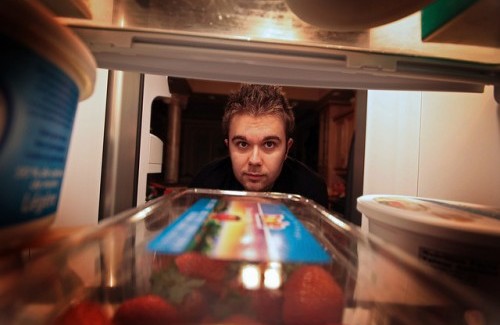
Keep Food Safe in the Refrigerator
While the American food supply is among the safest in the world, the federal government estimates that there are about 48 million cases of foodborne illness annually — the equivalent of sickening one in six Americans each year. Foodborne illnesses can be prevented by properly storing, cooking, cleaning, and handling foods. This includes keeping cold foods cold and hot foods hot. An organized refrigerator can play an important role in proper food safety and can also help manage food quality and food waste! Here are some important things to remember when it comes to keeping your food safe in the fridge.
1. The Danger Zone — Refrigeration is important because it helps to slow down the growth of bacteria. Bacteria experiences the most rapid growth between the temperatures of 40 and 140°F, or what is often called the “Danger Zone.” Foods that are kept within this temperature range for more than two hours should not be consumed. Keeping refrigerator temperatures below 40°F will help to keep most foods safe.
2. Cooling Hot Food — Hot food can be placed directly in the refrigerator or it can be rapidly chilled in an ice or cold water bath before refrigerating. A large pot of food like soup or stew should be divided into small portions and put in shallow containers before being refrigerated. A large cut of meat or whole poultry should be divided into smaller pieces or placed in shallow containers before refrigerating.
3. Keep it Clean — Another important step in keeping food safe in the refrigerator is ensuring it is clean. This means wiping up spills immediately, discarding perishable foods that have gone bad each week (here is a great chart from the USDA that breaks this down), and eliminating odors by placing an opened box of baking soda in the fridge.
We’ve compiled some additional tips on how to organize your refrigerator in a way that helps keep your foods safe and tasty.
Click here to download a pdf of the infographic.
Photo: “Hungry” by Marko D is licensed under CC BY NC-ND.


























